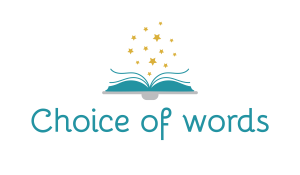
In June 2020 I signed up for a course on clear writing in Russian and was surprised to find that the very first lesson was about emotions. I loved that, because translating marketing texts for high-end brands is all about emotions, and Russian translations for luxury brands make up a large part of my work.
Why do emotions matter?
Descriptions of luxury products and collections tend to be carefully crafted, much like the products themselves. These texts are often very poetic and full of emotions that need to be conveyed in a different language. They have to sound natural, effortless and convincing all at the same time. However, you often see Russian copy that practically screams at you and is obviously just trying too hard. Usually it’s peppered with words like ‘exclusive’, ‘high-end’, ‘chic’, which only distracts from the authenticity of a product.
According to consumer psychology expert Peter Noel Murray, decisions to purchase a luxury product are overwhelmingly emotional:
‘Purchase behaviour is a direct result of how a consumer perceives that a brand delivers the emotional end-benefits of buying and owning. As a result, a consumer purchase of luxury brands frequently is driven by perceptions about self-identity, ideal self, social comparison, and other “self” motivations’, Murray writes.
So how do you craft translations that convey the values of a brand and make emotional benefits of owning a product clear to a customer?
1. Less is more
Hard sell is never the answer. As a fellow translator Laura Kattaneo puts so brilliantly in her article ‘The language of luxury and the luxury of language’, when overused, the concept of luxury quickly loses its appeal.
‘When any brand can claim bespoke and exclusive attributes, words start losing meaning’, Laura points out.
The trick is to use elevated language, but keep overused words like ‘exclusive’, ‘premium’, ‘high-end’ to a minimum.
2. Rich vocabulary
Browse a few websites of high-end jewellery brands and you’ll see that a lot of the time product descriptions look surprisingly similar. Products are often ‘timeless’, ‘inspired’ by this or that and exude ‘elegance’. It takes effort, discipline and great language skills to craft product descriptions that aren’t repetitive. They need to offer some variety without straying from the brand’s tone of voice or values.
3. Sentence length
From my experience marketing copy written in English tends to have shorter sentences, while Russian favours longer sentences, especially in the luxury segment. Yet there’s a fine line between a longer sentence that flows beautifully and the one that’s so heavy and convoluted that it’s barely making any sense by the time you get to the end of it.
4. Cultural awareness
Descriptions like ‘passionate’, ‘voluptuous’, ‘seductive’ can translate well into some cultures, but need to be toned down for others. Russian is generally fine in that respect, but it’s important to handle such words with great care.
The same applies to concepts that don’t have equivalents in other cultures. Here’s an example: I was asked to transсreate a Christmas-themed website banner for a chain of boutique hotels. The thing is that Christmas is not celebrated in Russia – at least not in the western sense of the word and not on the same date. Orthodox Christmas is celebrated on 7 January and the New Year is the main event of the holiday season. However, Russians love to travel to Europe and its Christmas markets to experience the magic of Christmas (at least this used to be the case pre-COVID). That’s why I decided that the reference to ‘western’ Christmas was perfectly fine to keep.
5. General knowledge
High-end products are often inspired by great works of art or far-flung destinations and use artisanal techniques that date back decades if not centuries. That’s why translators need to have solid general knowledge to fall back on when dealing with such texts. It takes years to build, but becomes an indispensable tool in a translator’s toolbox.
Helping brands stand out
With so many players competing in the high-end segment brands need to stand out. For that to happen, each must have a unique tone of voice and brand identity, and those need to be carefully conveyed for local markets.
Experienced translators and transcreators want to do their job well, and for that they need to know the brand they are working with: what it stands for (and what it doesn’t), what sets it apart and what emotions it wants customers to experience.





